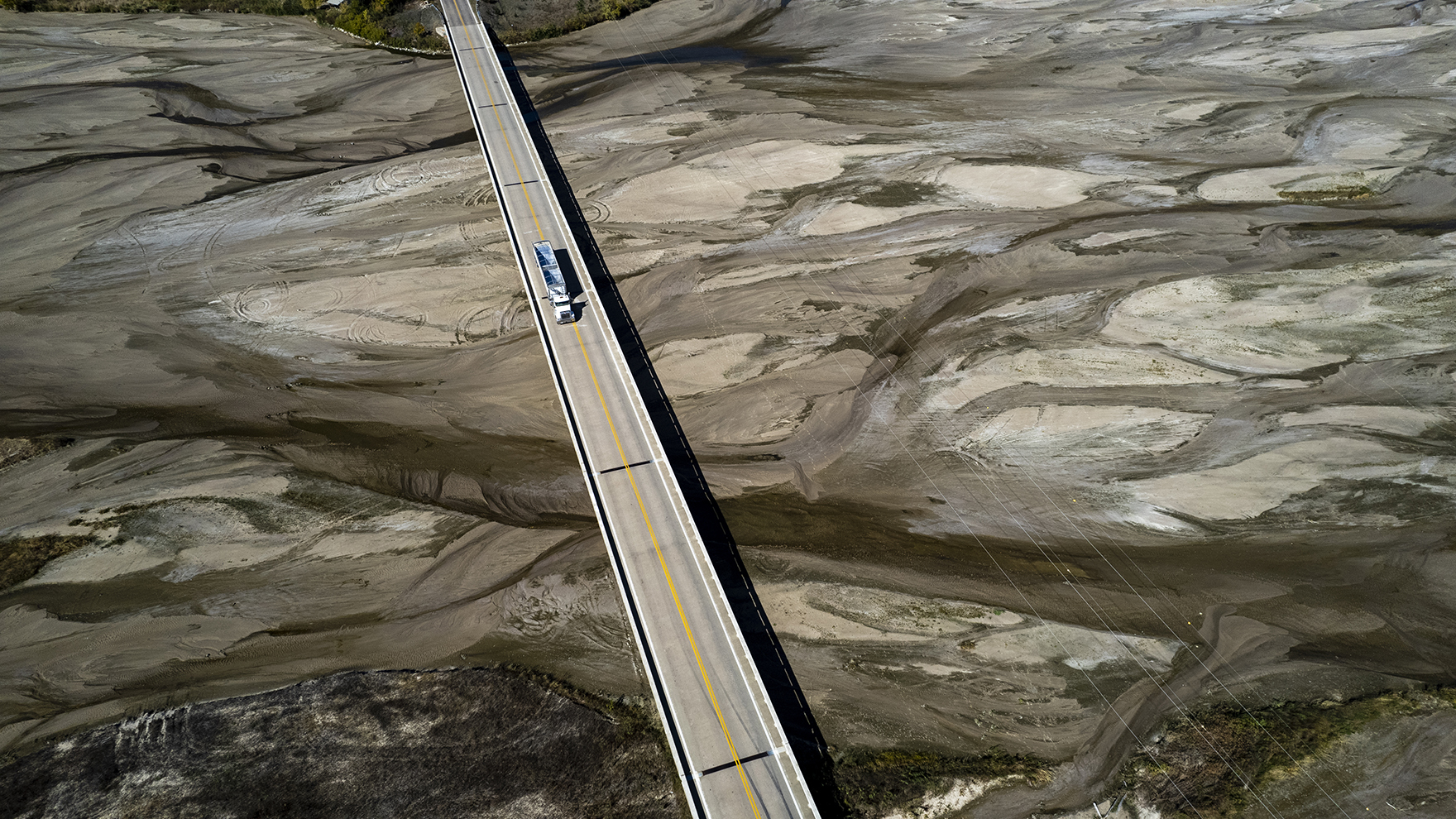
University of Nebraska researchers and alumni contributed expertise to the Fifth National Climate Assessment. Released by the Biden administration on Nov. 14, the report includes more than 500 authors and 250 contributors.
Contributions from University of Nebraska affiliates are in the Northern Great Plains and Human Health chapters. These authors include:
Faculty:
Andrea Basche, associate professor, Department of Agronomy and Horticulture, University of Nebraska–Lincoln
Jesse Bell, Claire M. Hubbard Professor of Water, Climate and Health, University of Nebraska Medical Center; associate professor, School of Natural Resources, University of Nebraska–Lincoln
Tonya Haigh, social science coordinator, National Drought Mitigation Center, University of Nebraska–Lincoln
Ali S. Khan, dean, College of Public Health, University of Nebraska Medical Center
Alumni:
Barbara Mayes Boustead, NOAA National Weather Service, School of Natural Resources alumna
Olga V. Wilhelmi, National Center for Atmospheric Research, School of Natural Resources alumna
The U.S. Drought Monitor, produced by the National Drought Mitigation Center, is also cited.
The assessment outlines the current state of climate change nationwide and its impacts on various populations and sectors. Despite an uptick in mitigation efforts, “without deeper cuts in global net greenhouse gas emissions and accelerated adaptation efforts, severe climate risks to the United States will continue to grow,” according to the report.
Haigh, who led a subsection of the Northern Great Plains chapter, said the assessment highlights challenges in the states encompassing the region, including Montana, Nebraska, North Dakota, South Dakota and Wyoming.
“The National Climate Assessment process is important for gauging and communicating what we know now about the impacts of climate change to communities, like our own in the Northern Great Plains,” Haigh said.
Unprecedented droughts, storms, floods and wildfires are occurring in the Northern Great Plains as a result of climate change, according to the assessment.
More volatile weather events, plus rising temperatures, are already impacting the Northern Great Plains residents, agriculture, resources and environment. Rural, Indigenous and low-income immigrant populations are disproportionately affected by these changes.
“Communities in our region might see their experiences reflected in the description of climate-related risks to resource- and land-based livelihoods,” she said.
The report is intended to support informed decision-making from local to national levels by showing steps already being taken in local communities, she said. Individuals and organizations are incorporating new soil practices, drought management tools and water-use partnerships, among other adaptations.
“The chapter highlights our region’s efforts to adapt and transform in the face of climate change, especially the leadership of tribal nations in incorporating traditional and contemporary approaches to planning and management,” Haigh said.
Husker researchers have also contributed to previous reports, including the Third National Climate Assessment published in 2014 and the Fourth National Climate Assessment published in 2018.
Share
News Release Contact(s)
Tags
High Resolution Photos








